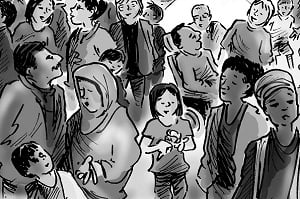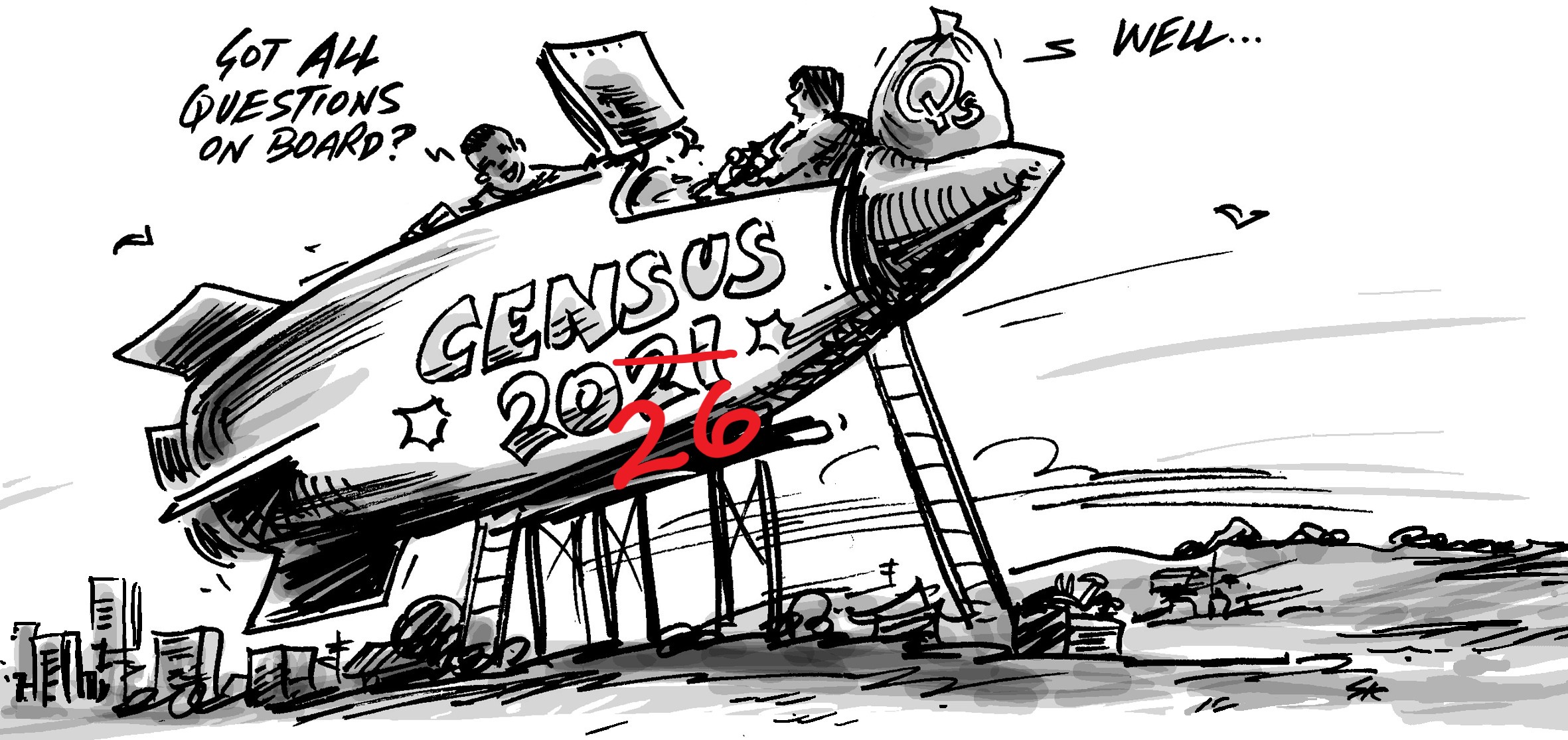Well the Census Australia 2011 results are out now, and we will be blogging about our discoveries over the coming weeks, months and years. We’re working away now to get the 2011-based community profile and atlas sites online, and looking closely at the Census data. We’ve already noticed something significant about it. The results seem better this year.

What do we mean by better? Well there are a few ways that the ABS measures how good the Census quality is, and the great thing about having an objective national statistical organisation is that they publish this for all to read. Information on the quality of the 2011 Census is found here.
The undercount is lower
Firstly, the undercount seems to be lower. The undercount is the people who were missed by the Census. The ABS estimates (using a survey conducted immediately after Census) that the net undercount was 1.7% of the population in 2011. This is well below 2006, though it seems the ABS now thinks they may have overestimated the undercount in 2006. But it’s also slightly lower than 2001, which is pleasing. I’ll be writing a blog shortly about exactly who gets missed in the Census.
Lots of people spoke to me after the Census count, concerned that maybe the results wouldn’t be so good this time. The usual story was that they knew someone who didn’t get a form, a whole street that was missed, someone who gave junk answers, etc. The fact is that these things happen every Census (and many of these anecdotal people probably ended up getting a form after their situation became known to the ABS via the Census Inquiry Service). And the objective facts show that there was less of this in 2011 than any Census since 1996.
The non-response rate is down
Secondly, and more importantly for users of the Census results, the non-response rate is well down. This includes people not answering particular questions, and households from which a form was never received because the Census collector couldn’t make contact and they didn’t mail it in.
For 2011, the household non-response rate was down in all states and territories, and nationally went from 4.2% to 3.5%.
This may not sound like much, but it’s a 17% reduction – despite population increase, the actual number of households that didn’t return a form was down by 37,000.
These non-responding households appear in profile.id as “Other non classifiable households”, and make up most of the count for that category. The most pleasing thing is that the biggest declines in that group have been in areas that have had serious problems with non-response in the past – particularly in inner city areas where dwellings are hard to access and residents are rarely home. For example, the City of Sydney in 2006 had 22.5% of all households in this category, making it very difficult to draw conclusions from the Census data. In 2011 this has fallen to 10.6%. Similarly, the City of Port Phillip in Melbourne has gone from 12.1% to 6.5%.
The only area where non-response doesn’t seem to have fallen much is WA, which had a slight drop in percentage but a rise in the number of non-responding households. Places like Roebourne (13.5%) and Port Headland (15.2%) have high non-response rates and haven’t fallen since 2006.
e-Census is up
These improvements are most likely due to the large takeup of the eCensus. In areas where residents have been difficult to contact in the past, the ABS made a special effort to push eCensus and mailback returns, and this seems to have been successful in improving the enumeration of those areas. This is pleasing and allows us to have much more confidence in the Census results as a valid reflection of Australian society.
“Not stated” answers are down
It also drives down the “Not Stated” categories in all Census variables. Every single variable has had a drop in the “Not stated” category between 2001 and 2006. Most of these are around the 17% drop that would be expected due to the lower number of non-responding households. Some have experienced less of a drop, indicating a few more people are not answering the question (or that more of the non-responding households answers had been imputed in 2006) while some have fallen further. Interestingly one of those which has fallen further is the (optional) Religion question, with ‘Not stated’ down by 23.7%. There is also better coding of place of usual residence on Census night, with only 3.8% of records needing to have a usual residence imputed.
Indigenous count is up
Another way in which the Census has improved considerably is the indigenous count. The count of Aboriginal and Torres Strait Islander population has been increasing each Census since the first official count in 1971 and this time, the 548,370 people identifying as indigenous is a 20.5% jump from 2006, the largest single Census increase since 1971. While the ABS estimates that this is still 17% below the actual population, it should ensure a more reliable set of characteristics for the indigenous population, particularly in urban areas, where the jump in willingness to identify was greatest. Of course the downside to this is that making comparisons of indigenous characteristics over time is more difficult, and this is the reason we don’t normally include time series in our Aboriginal and Torres Strait Islander module on profile.id.
What does it all mean?
All in all what it boils down to is:
- This Census is better quality than either the 2006 or 2001 Census.
- Less households were missed, and less households did not return a form.
- There are lower not stated counts for all Census characteristics.
- Indigenous counts are well up, particularly in urban areas in the eastern states.
- You can have more confidence in the results as a true and accurate picture of Australia’s characteristics.
- As always, be careful when comparing characteristics over time. Non-response rates for different characteristics do change from Census to Census, and an apparent change may be due to more or less responses in the “Not stated” category rather than a real world change. All in all though, it’s better to have lower non-response rates than higher ones!
The fact that this better quality seems to be driven in part by the uptake of the eCensus which explains why the ABS is so keen to go “all digital” in 2016. Unfortunately the nature of the Australian population will make it impossible to have a 100% electronic Census, though we could certainly have a higher uptake.
You can access free demographic resources for the whole of Australia at .id’s demograhic resource centre, and register to be notified of 2011 Census updates.












